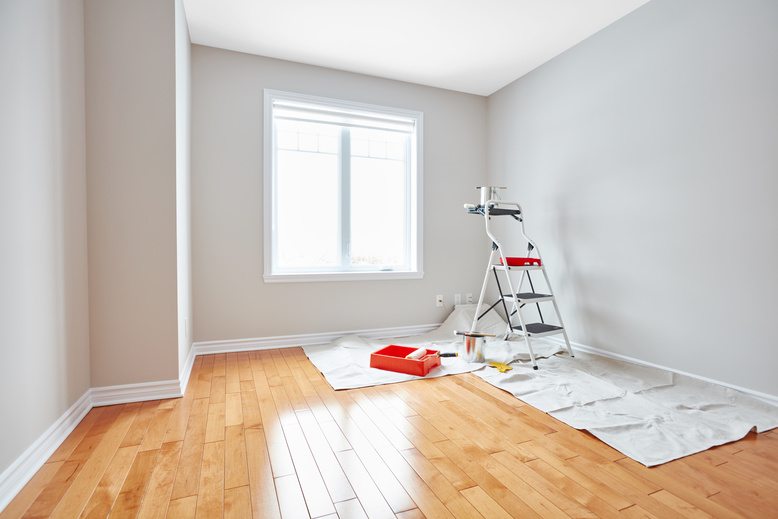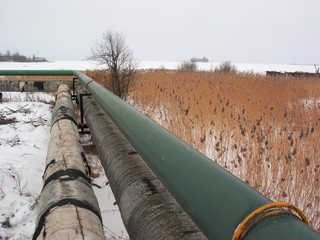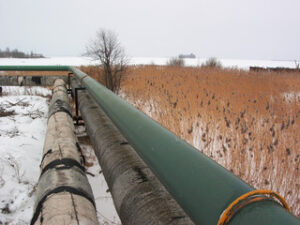Having painting contractors in your home can help keep the exterior of your house looking fresh and clean. However, choosing the right one can be difficult. There are many factors to consider. You should look for a company that has insurance, years of experience, and can provide clear payment terms.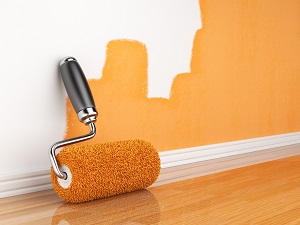
Providing your customers with a detailed contract that includes information about the scope of work and the contract is a good idea. Your contract should also include a disclaimer, details about your business, and information about your liability and cancellation policies. This will ensure that the customer gets exactly what he paid for.
A good contract should also include a payment plan. A typical payment plan involves a partial payment when you begin the work, and the balance is due upon completion. This is not only good for your cash flow, but it also means that you will be able to hedge against the risk of non-payment. It is important to note that your local laws will determine the amount that a homeowner is legally allowed to pay upfront. This will vary from state to state, but the local governing body will likely have a set of minimums and maximums in place.
It is a good idea to include your payment plan on your website, too. This will help ensure that your customers know how to pay you and will also encourage them to make an inquiry with you. This will also help to build trust and brand recognition, both of which are important in the painting industry.
Whether you are a seasoned professional or an apprentice, you can take your skills to the next level by working as a painting contractor. The job requires you to read blueprints, calculate materials, and correctly quote the price of your services. In addition, you will need to learn how to correctly identify floor plans, ceiling plans, and interior elevations.
In order to be considered a painting contractor, you must meet the state’s requirements. This includes proving you have at least one year of painting experience under a state-recognized contractor. In addition, you must register with the state’s Department of Consumer Protection. In addition, you must also show proof of insurance. If you take on projects over $2000, you must also prove you have insurance.
The CSLB (Contractors State License Board) is the governing body in your state, and it issues licenses based on testing. They may ask you for proof of experience, but they will likely require you to pass a test. In addition, they may require you to pass a business management test. The testing process takes about two weeks, depending on how thoroughly they verify your information.
The CSLB may also ask you for a clean criminal record. In addition to the usual suspects, you will need to pass a business and law exam. The CSLB has also recently renamed its licensing department, the Construction and Safety Division, to better reflect the scope of the agency’s work.
Whether you’re painting a home or a business, you need to make sure that you’re using top-quality paint. This will protect your work and allow it to last longer. Top-quality paints also look better and improve customer satisfaction.
Most professional painters use Sherwin-Williams paints. Depending on the project, it may be worth your while to use Benjamin Moore or another brand. The company is well-known for its “green” products and has been recognized as one of the top “green” companies for years. The company also has a reputation for producing top-quality interior paints.
When it comes to choosing a paint for your home or business, you’ll want to make sure that you choose a paint that is low in VOCs. VOCs are volatile organic compounds that are released when the paint is applied.

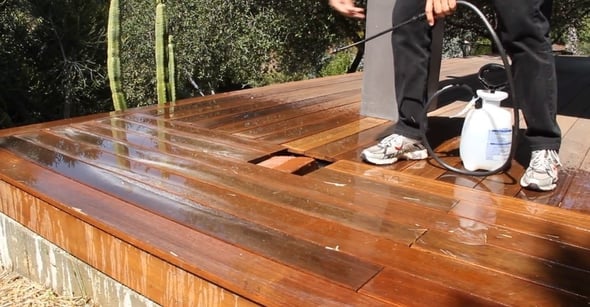
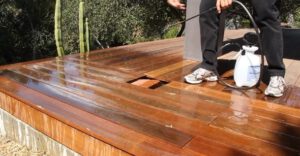





 The Water Mitigation Specialist responds to various water events and provides various mitigation services, including mold remediation, asbestos/lead abatement, and carpet cleaning and reinstallation. In addition, Water Mitigation Specialist performs on-call schedules and supports facility-related tasks. Water mitigation technicians demonstrate leadership and management skills and interact effectively with superiors and junior staff. They also travel as needed to complete their job responsibilities.
The Water Mitigation Specialist responds to various water events and provides various mitigation services, including mold remediation, asbestos/lead abatement, and carpet cleaning and reinstallation. In addition, Water Mitigation Specialist performs on-call schedules and supports facility-related tasks. Water mitigation technicians demonstrate leadership and management skills and interact effectively with superiors and junior staff. They also travel as needed to complete their job responsibilities.



